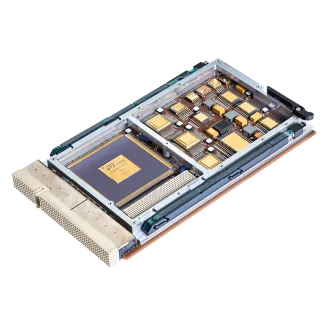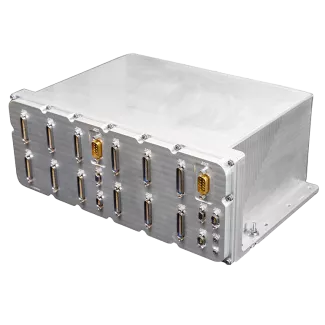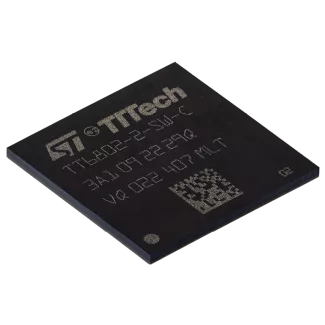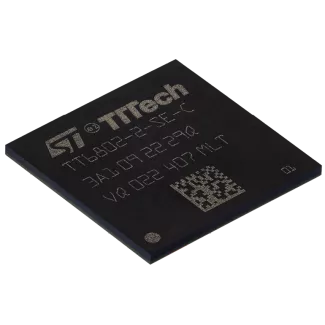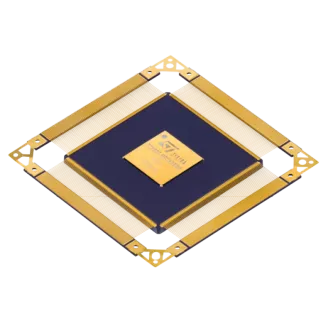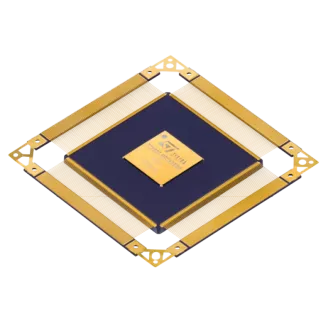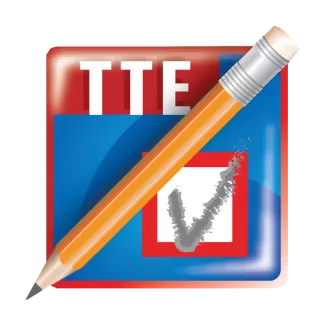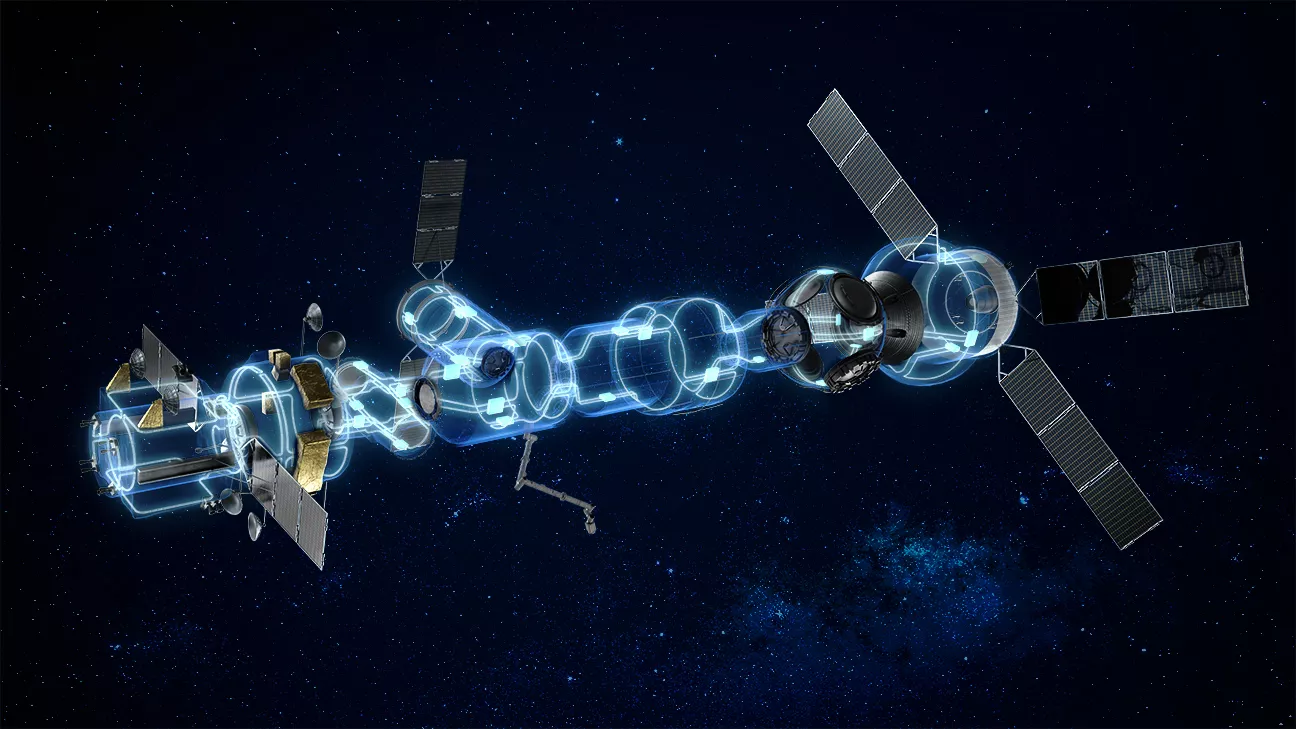
TTEAvionics Core Unit:
| 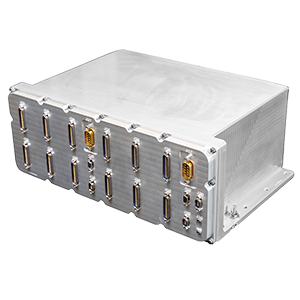
|
Avionics Unit (AU):
| 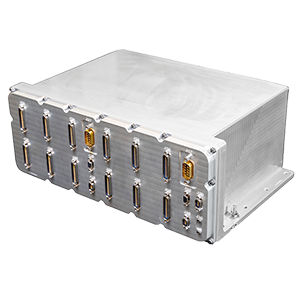
|
TTESwitching Unit:
| 
|
TTEEnd System Space 3U cPCI:
| 
|
Click on the elements in the graphic above to find out more.
Introduction
Space exploration helps humankind to understand more about the universe and the origins of stars and planets; this understanding can, in turn, improve life on Earth. While much of this exploration can operate autonomously and with robots (think of the “Perseverance” Mars rover), it is human curiosity and the unique sensation of being in outer space that drives the participation of humans in space exploration and its “commercial relative” space tourism. Common to both is the increasing autonomy and extreme functional safety of the spacecraft involved (launchers, space stations, or human landing systems): While the astronauts from the 1950s to the 1980s were primarily pilots and engineers, the next generation of space travelers will be scientists, philanthropists, and artists.
Specifics of human spaceflight
Technology and products for space need to withstand a harsh environment with extreme temperature differences and high cosmic radiation. Networking platforms and components installed in spacecraft, space stations, and human landing systems need to have a long service life and a robust and compact design. In addition, enhanced reliability is required for human spaceflight. This culminates in increased fault-tolerance where data networks for example shall withstand up to two concurrent, independent faults. This affects the design of all systems involved and explains why so few companies worldwide master the development of spacecraft for human spaceflight and why human exploration is still a core activity of the world largest space agencies.
While the International Space Station (ISS) has proven that astronauts can be brought to and work in low-earth orbit safely, the next objective is to brings humans back to the Moon and later to the surface of Mars. This requires more autonomous spacecraft since the communication delays prevent remote commanding from mission centers on Earth. Consequently, they require smart control systems that can reliably handle large amounts of data over a 15+ year product lifetime. This is exactly where TTTECH Aerospace came in, first on the Orion MPCV and its European Service Module, then on the various modules of the Lunar Gateway.
Benefits
TTTECH Aerospace supports the reduction of size, weight and power (SWaP) and high data throughputs by providing modular, deterministic embedded network and platform solutions. TTTECH Aerospace’s products fulfil very high quality and production standards and are qualifiable for the use in extremely harsh environments. The product portfolio ranges from ASICs, switch and end system hardware to networking and computing platforms with embedded software and also includes software tools, testing and lab equipment. Series products are available to support a wide variety of applications in human space flight (HSF) - from spacecraft to space stations and human landing systems.
TTEthernet® is a scalable, standards-based technology that delivers deterministic real-time communication and enables the transmission of safety-critical messages as well as standard communication data on one data network. It is used as the communication backbone in NASA Artemis, one of the most ambitious international human space flight programs to date that will not only bring humanity back to the surface of the Moon (including the first woman and first person of color), but also set up a permanent lunar base and extend space exploration to Mars. TTEthernet® serves as the ‘central nervous system’ in the NASA Orion spacecraft and in several modules of NASA’s Gateway.
TTTECH Aerospace’s solutions for space offer:
- Reliable, qualifiable system solutions: TTTECH Aerospace provides components, software and tooling, as well as complete networked computing software and hardware platforms based on Deterministic Ethernet
- Modularity and flexibility: deterministic network solutions and components enable scalable and modular system architectures
- High-performance data transfer with bandwidths of up to 1 Gbit/s: supports applications requiring large amounts of data and also enables future system extensions
- Safe, reliable systems: fault tolerance and fault containment implemented in hardware increase safety and keep the system operational at all times
- Mixed-criticality architectures simplify software and avionics and reduce system lifecycle costs: use of a single network for command and control, as well as payload data with three traffic classes using the same physical medium/network
- Easier integration and reconfiguration: time synchronization implemented in hardware saves costs for dedicated software and network integration
- Use of open, Ethernet-based, international standards: TTTECH Aerospace leverages synergies from many years of cross-industry experience from the aerospace, automotive, and industrial automation industries in developing new solutions for the space sector
Qualification
Products and components used in space projects need to comply with all standards required for the project or application and have to be qualified for the use in the harsh environment of space, which includes wide temperature ranges and radiation. TTTECH Aerospace’s products are based on and integrate the open industry standards IEEE 802.3, ARINC 664 part 7 and SAE AS6802 to allow for maximum flexibility and interoperability within large projects and programs, like the Lunar Gateway. All products comply with the open international space industry standards International Avionics System Interoperability Standards (IASIS) and ECSS-E-ST-50-16C standard for Time-Triggered Ethernet (European space engineering standard).

